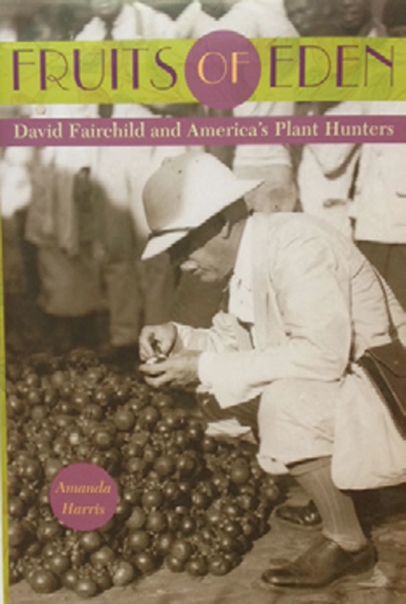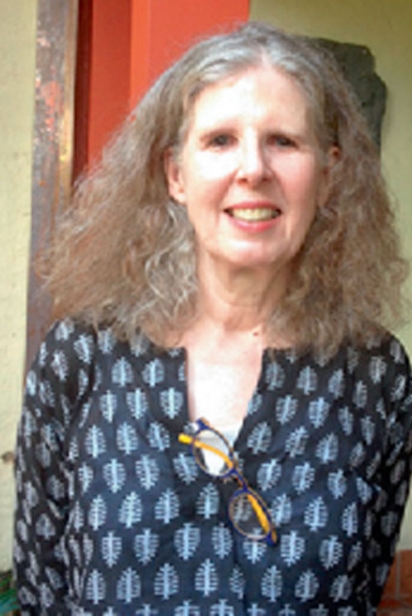Fruits of Eden: How Plant Explorers Transformed What We Eat
If you were sitting down to dinner at the end of the 19th century, your meal was likely bland and brown. “Most Americans didn’t know what a fresh orange looked like, or how to peel a banana,” writes Amanda Harris in her new book, Fruits of Eden: David Fairchild and America’s Plant Hunters.
But because of the work of intrepid plant explorers, the American diet now includes mangos, guavas, navel oranges, avocados, soybeans, figs, dates and Meyer lemons. Writing this book, which tracks the travails of Fairchild, Frank Meyer, the Popenoe family and others, had a personal connection for Harris, whose father was the godson of David Fairchild’s wife, Marian.
“Whenever he visited the Kampong garden as a child, Fairchild gave him a new food to taste and told him an adventure story about its discovery,” she says, adding that guava was his favorite. She has “magical childhood memories” of visiting The Kampong, Fairchild’s Coconut Grove home, where hundreds of fruit trees from his collections continue to thrive and bear fruit. Her book is full of adventure and intrigue – the explorers encounter cannibals, man-eating tigers and king cobras in their treks; xenophobia in Washington; concerns about introducing invasive species; and tragedy.
“Look at the Meyer lemon, named for Frank Meyer, who walked all over China collecting lemons. He continually risked death doing his job, and did indeed die on the job under mysterious circumstances,” she says.
Fruits of Eden: David Fairchild and America’s Plant Hunters
upf.com






